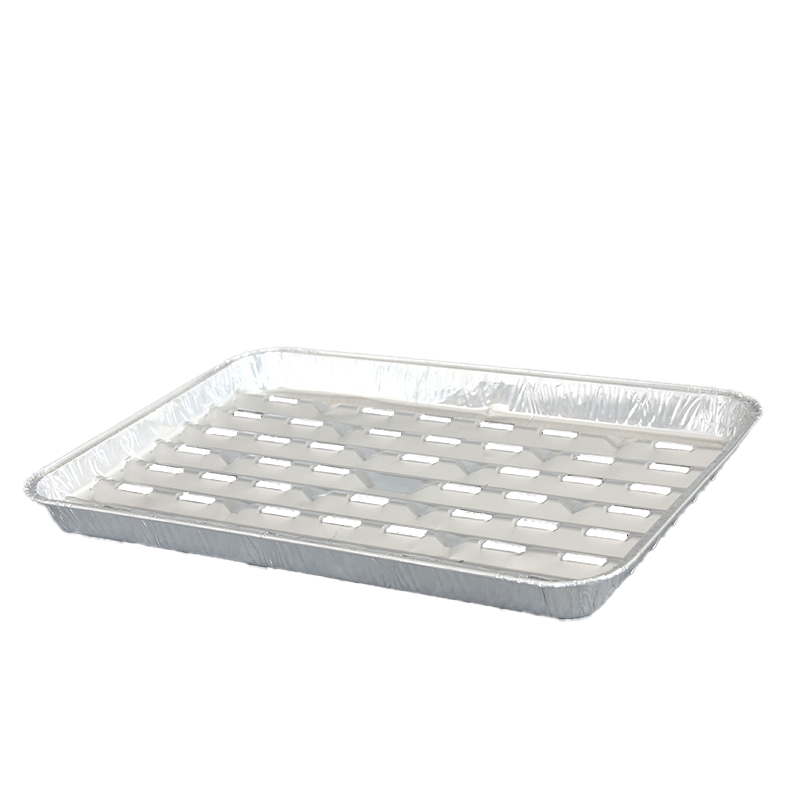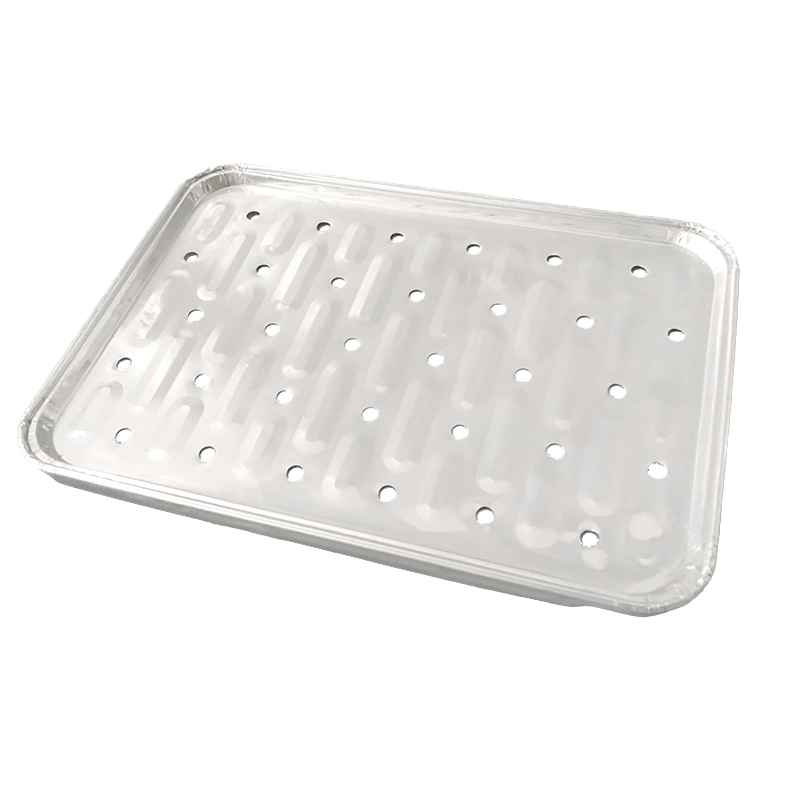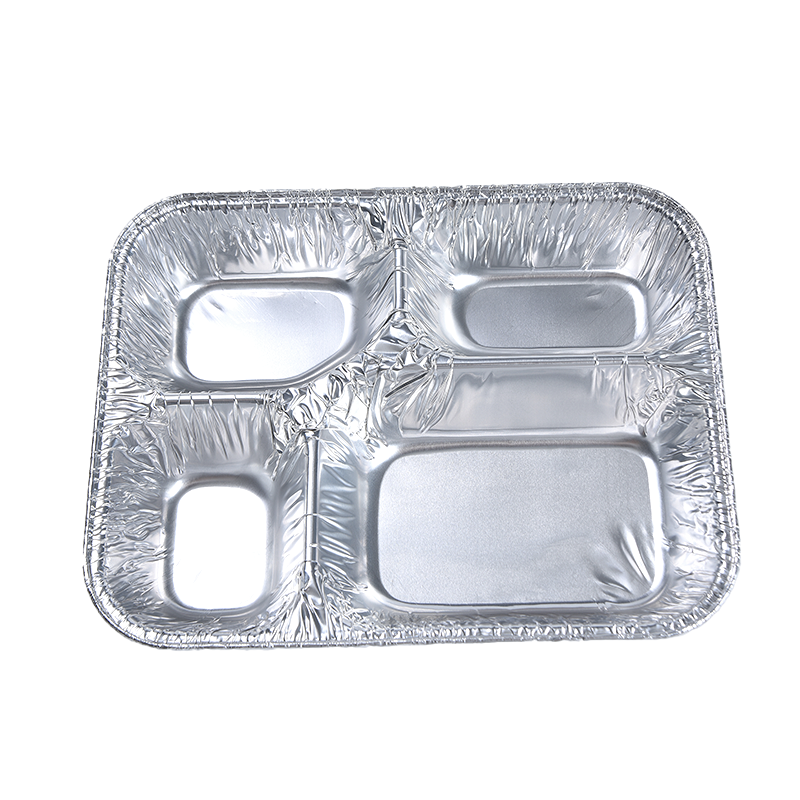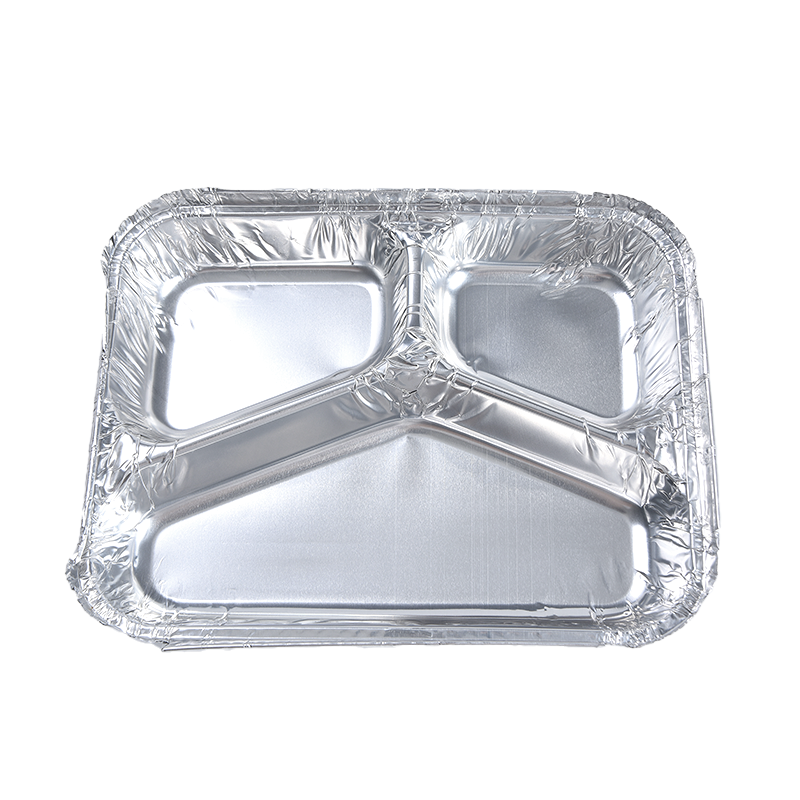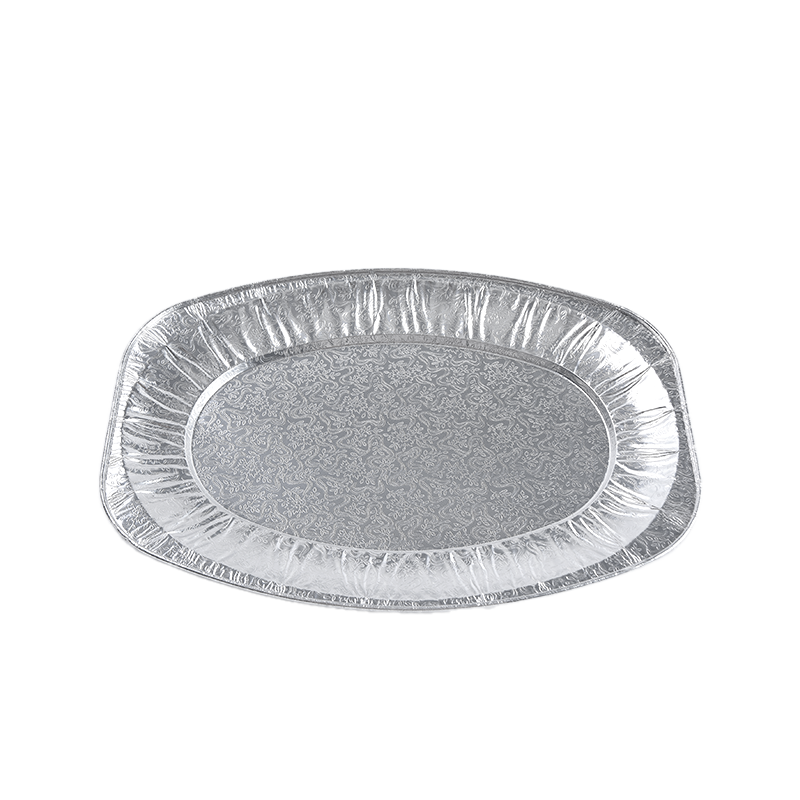How does Automatic Stacking Machine improve the efficiency of the production line?
Industry News-In modern manufacturing, efficiency is one of the key factors to improve competitiveness. As an important part of the production line, Automatic Stacking Machine can significantly improve work efficiency, reduce labor costs, and optimize the production process.
1. Implement automated operations
One of the biggest advantages of automatic stackers is their automation capabilities. By automating palletizing, the production line no longer relies on manual operations, thereby reducing the risk of human error and work fatigue. The equipment can run continuously to maintain the smoothness of the production line and greatly shorten the production cycle. Compared with traditional manual stacking methods, automatic stackers can complete the same task at a higher speed.
2. Improve production flexibility
Automatic stackers are typically designed to accommodate different types and sizes of containers. Its adjustable stacking height and container size (such as minimum 120x100mm and maximum 350x220x72mm) enable the production line to quickly switch the production of different products. This flexibility can effectively respond to changes in market demand, reduce equipment idle time, and thereby improve overall production efficiency.
3. Reduce production bottlenecks
In many production lines, manual stacking often becomes a bottleneck, limiting production speed. Automatic stackers can effectively eliminate this bottleneck by enabling fast and continuous stacking operations. Its design can be seamlessly connected with other production equipment (such as conveyor belts and packaging machines) to ensure that all production links are coordinated and form an efficient production line.
4. Reduce labor costs
With the introduction of automatic stackers, companies can reduce their reliance on human resources. Although the initial investment may be higher, in the long term, the use of automated equipment can significantly reduce labor costs. Companies can reallocate human resources to other more valuable positions, such as equipment maintenance and quality inspection, thereby improving overall work efficiency.
5. Improve product consistency and quality
The automatic stacker can ensure the accurate positioning and consistency of each product during the stacking process, reducing quality problems caused by human factors. This consistency not only improves the overall quality of the product, but also enhances customer satisfaction and helps the company establish a good market reputation.
6. Enhance production monitoring capabilities
Modern automatic stackers are usually equipped with advanced monitoring systems and fiber optic detection technology to monitor production status in real time. These systems can automatically record production data, such as output, stacking height and equipment operating status, to help companies conduct data analysis and optimize decisions. This real-time monitoring capability ensures efficient operation of the production line and detects potential problems in a timely manner.
7. Improve security
Safety is an important consideration in production line design. The use of automatic stackers can significantly reduce the risk of workers coming into direct contact with hazardous equipment. By reducing human-machine contact, companies can reduce the incidence of workplace injuries and improve workplace safety.
8. Improve space utilization
Automatic stackers can efficiently stack products in a vertical manner, allowing companies to better utilize limited production space. Its maximum stacking height can reach 400mm, which greatly improves the efficiency of warehousing and transportation, allowing companies to achieve higher storage capacity in limited space.
Automatic Stacking Machine not only performs well in terms of speed and efficiency, but also brings significant benefits to the production line in terms of improving product quality, reducing labor costs, and enhancing safety. Through automated stacking processes, companies can effectively respond to market changes and enhance overall competitiveness.





 English
English 日本語
日本語 عربى
عربى Español
Español

